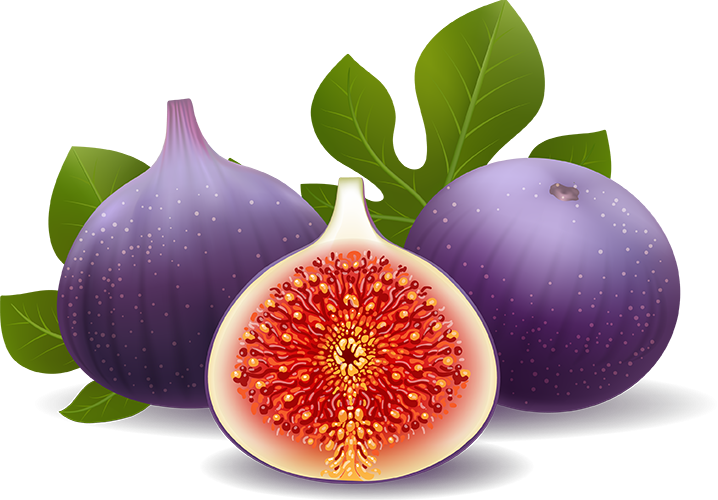Fig trees may drop their fruit prematurely due to several reasons or factors, each related to the tree’s health, environmental conditions, or care practices.
Managing these factors involves providing consistent care, monitoring for pests and diseases, and ensuring the tree is planted in a suitable location with appropriate soil conditions. If fruit drop is a persistent issue, it may be helpful to consult with a local cooperative extension service or a horticulture expert for specific advice tailored to the local climate and soil conditions.
To address these issues, regular monitoring of the tree’s health, maintaining a consistent watering schedule, ensuring proper nutrition, and protecting the tree from extreme weather, pests, and diseases are essential.
In case of persistent problems, a soil test might be necessary to check for nutrient deficiencies or pH imbalances. Additionally, understanding the specific needs of the chosen fig variety can be crucial in providing the right care.
Water Stress:
Both overwatering and underwatering can cause fig trees to drop fruit. Consistent, moderate watering is crucial, especially during fruit development. Drought stress can cause the tree to conserve water and drop fruit, while too much water can lead to root rot and stressed trees, also leading to fruit drop.
Nutrient Imbalances:
Lack of essential nutrients, particularly potassium and phosphorus, which are critical for fruit development, can result in fruit drop. Over-fertilization, particularly with high nitrogen fertilizers, can also cause the tree to focus more on vegetative growth rather than fruit development.
Temperature Fluctuations:
Extreme temperatures, whether too hot or too cold, can stress the tree and lead to fruit dropping. Sudden changes in temperature, particularly during critical growth stages, can have a significant impact.
Pests and Disease Pressure:
Pests like fig beetles, root-knot nematodes, or diseases such as fig rust and endosepsis (internal rot), can damage the tree and its fruits, causing them to drop prematurely.
Improper Pollination:
Some fig varieties require specific wasps for pollination. Without these wasps, the trees may produce fruits that eventually drop off before maturing. However, many common fig varieties grown for fruit do not require pollination.
Genetic or Physiological Reasons:
Certain fig varieties have a natural tendency to shed some of their fruit during development, a process known as ‘June drop’. This is often a natural thinning process.
Physical Damage or Stress:
Damage from pruning, pests, wind, or mechanical injury can cause stress to the tree, leading to fruit drop.
Age of the Tree:
Very young or very old fig trees may drop fruit as they may not have the resources or vigor to support fruit development.
Root Constraints or Damage:
Trees planted in containers or with damaged roots may not be able to take up enough nutrients and water, leading to stress and fruit drop.
Environmental Stressors:
High winds, hail, or heavy rains can physically damage the fruit or stress the tree, leading to fruit drop.
Soil Conditions:
Soil that is too dense, lacks proper drainage, or is not well-aerated can lead to poor root health. This impacts the tree’s ability to absorb water and nutrients, causing stress that can lead to fruit drop. Additionally, soil pH levels that are too high or too low can affect nutrient availability, further stressing the tree.
Light Conditions:
Fig trees need ample sunlight to produce and sustain fruit. Insufficient light can lead to poor fruit development and subsequent dropping. Trees that are shaded or competing with other plants for light might not be able to support fruit growth effectively.
Humidity and Air Circulation:
High humidity can encourage the growth of fungal diseases, which can affect the tree and lead to fruit drop. Conversely, very low humidity might cause excessive transpiration and stress the tree. Proper air circulation around the tree can help mitigate these issues.
Chemical Exposure:
Exposure to herbicides, either through direct application or drift from nearby areas, can cause stress or damage to the tree, leading to fruit drop. It’s important to be cautious when using chemicals near fruit trees.
Varietal Characteristics:
Different fig varieties have different sensitivities and growth patterns. Some are more prone to dropping fruit under stress than others. Understanding the specific needs and characteristics of the chosen variety can help in managing its care effectively.
Fruit Load:
Sometimes, a fig tree may produce more fruit than it can support, especially if it’s a young or weak tree. The tree may naturally drop some fruit to conserve resources. Thinning the fruit can sometimes help the tree to maintain the remaining fruits to maturity.
Rootstock Influence:
If the fig tree is grafted onto a rootstock, the characteristics of the rootstock can influence how the tree responds to stress and its overall vigor, potentially affecting fruit retention.
Seasonal Changes:
In some climates, figs have two crops per year, and the first crop (breba crop) may sometimes drop, especially if the winter was mild. This is a natural process and often does not affect the main crop.
Transplant Shock:
If a fig tree has been recently transplanted, it may drop fruit due to the stress of moving and adjusting to a new location.
Water Quality:
Water with high salt content or other contaminants can harm the tree and lead to fruit drop. Using quality water sources is important for the health of the tree.

